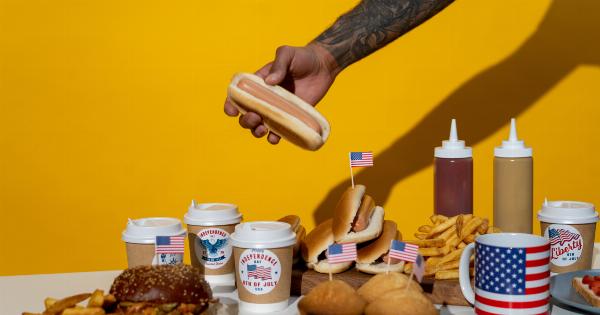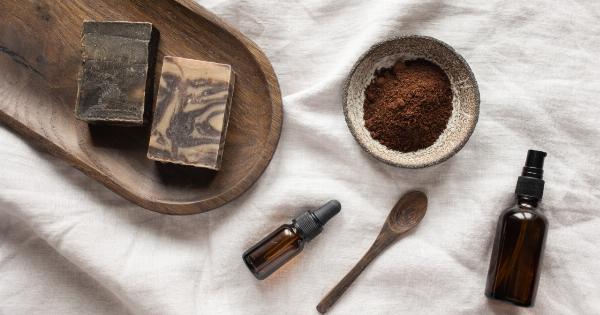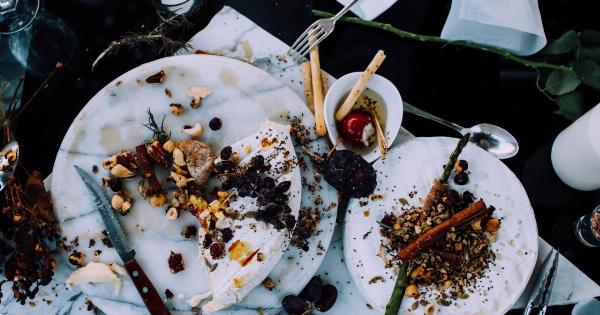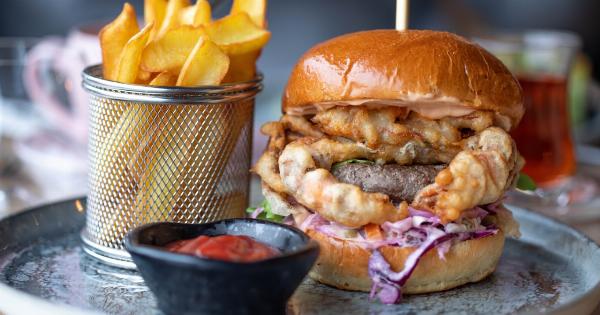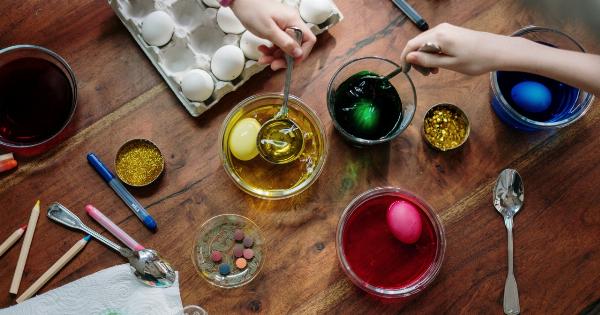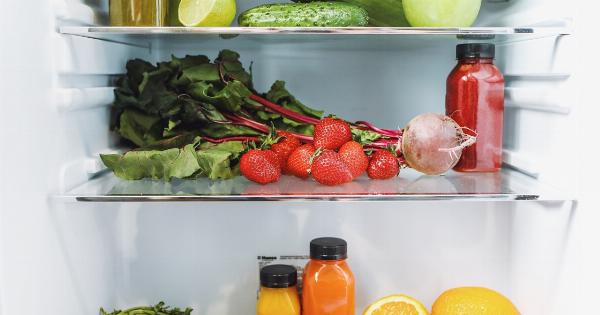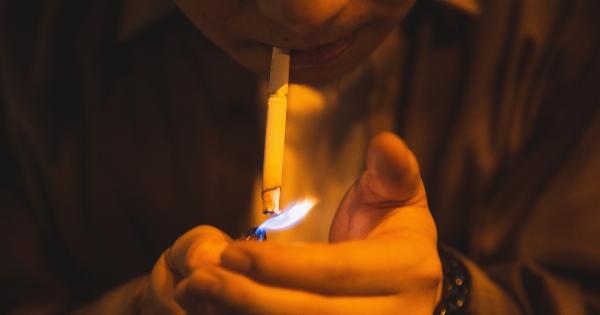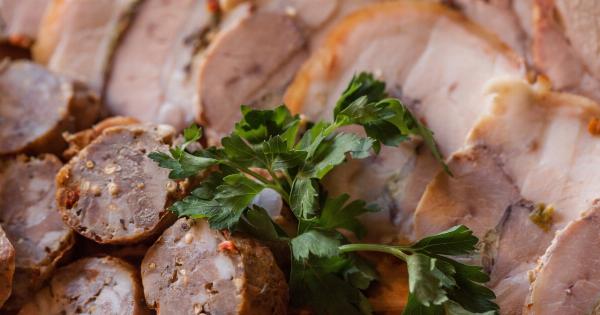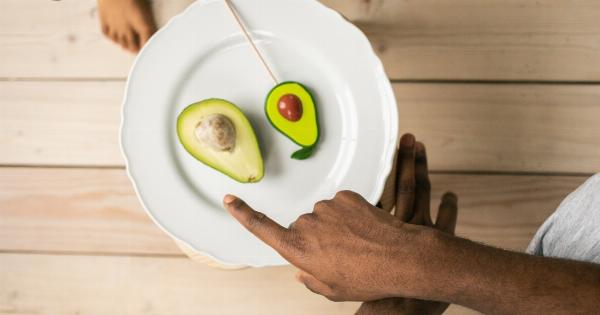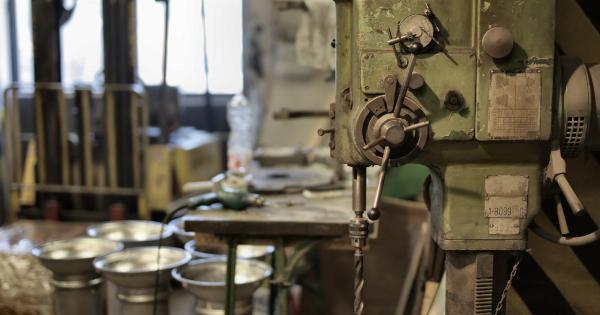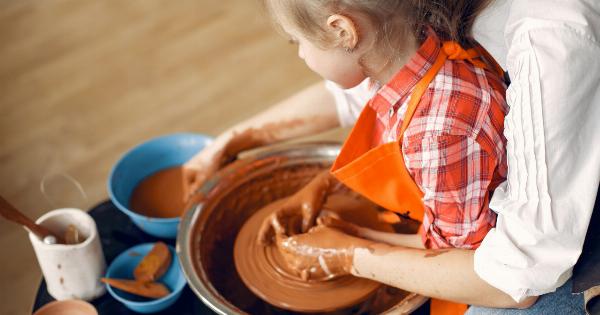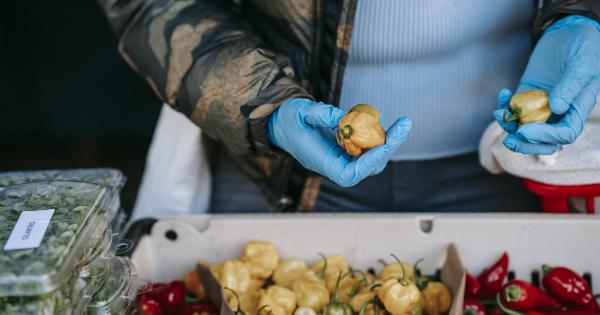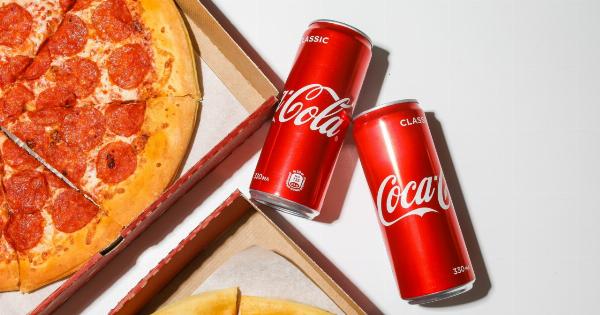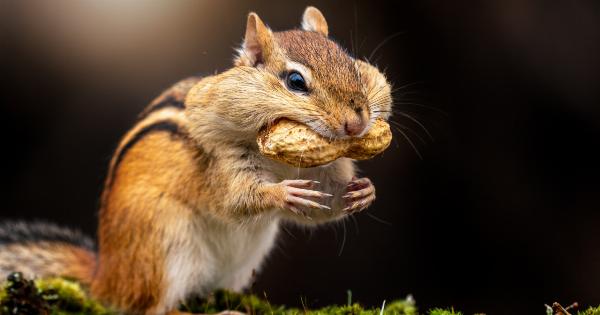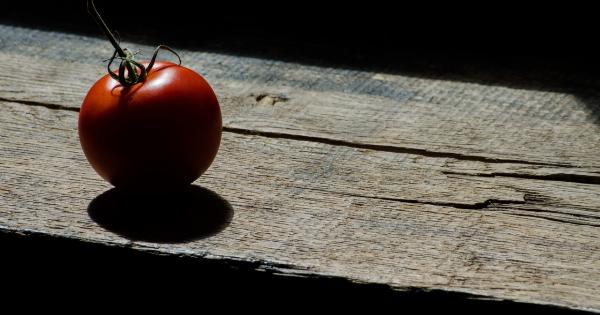Do you ever wonder how long a burger will last before it rots away? Well, if you’ve ever found yourself asking that very question, then you’re in for a real treat with this experiment.
In this article, we’ll show you exactly what happens to a burger when it’s left alone for 30 days, and we’ll take a closer look at the science behind the decomposition process of food.
The Experiment
We started with a classic fast-food burger – a cheeseburger with ketchup, pickles, and mustard, purchased from a popular burger chain.
We placed the burger in a glass jar and left it out in room temperature for 30 days, without any preservatives or special treatments. We wanted to see just how long it would take for the burger to decompose and what exactly would happen to it during that time.
Days 1-5
During the first few days, the burger remained almost exactly as it had been when we first purchased it. It was slightly dry, but overall, the bread was still soft and the toppings were in place.
We didn’t see any significant signs of rotting or decomposition yet.
Days 6-10
After about a week, the burger started to show signs of mold growth. The cheese had become a bit discolored and there was a small patch of green and white mold forming on the bun.
However, the burger still looked quite edible to the naked eye, with no signs of foul odor or significant decay.
Days 11-20
By day 11, the mold on the bun had started to spread more extensively, and the bread had become much harder and drier. However, the burger patty and toppings still looked relatively intact, with no signs of disintegration.
By day 15, the burger had become quite dry and brittle, but we still didn’t see any significant signs of decay or rotten smells.
Days 21-30
During the final stretch of the experiment, things started to get pretty gross. The mold on the bun had spread all over, and there were various different shades and colors of mold growing on different parts of the burger.
The bun had become a dark, hard mass, and the cheese had lost most of its original color. The beef patty had shrunk significantly and had developed a thick, greyish crust on the outside. There was also a very unpleasant odor emanating from the jar. Needless to say, the burger was no longer anywhere near edible at this point.
The Science of Decomposition
So, what exactly happens to food when it’s left to decompose? The answer is a complex one, but we can break it down into a few key steps. First, microorganisms like bacteria, fungi, and molds start to colonize the food.
These microorganisms break down the food by using enzymes to break down complex molecules into simpler ones they can use as a food source. This process is known as catabolism.
Next, these microorganisms need to excrete waste products as they consume the food. This process is known as anabolism. Some of these waste products are gases like carbon dioxide and methane, which contribute to the foul odor that rotting food produces.
Other waste products include organic acids, which can soften and weaken the food, making it more susceptible to further decay.
Finally, as the food continues to break down, it can reach a point where it’s no longer a viable food source for the microorganisms.
At this point, they will stop consuming it, and the food will reach a stable state of decay, where it will remain until it’s eventually consumed by other organisms or broken down through natural processes like weathering and erosion.
The Takeaway
So, what did we learn from this experiment? Well, for one thing, it’s pretty clear that fast food burgers aren’t exactly built to last. After just 30 days, our burger had decayed pretty extensively and was no longer anywhere near edible.
It’s also interesting to note the different stages of decomposition that the burger went through, as it gives us a better understanding of the science behind what’s happening when food starts to rot.
Overall, this experiment is a great reminder of the importance of reducing food waste and being mindful of what we consume.
By being more conscious of our food choices and making an effort to prioritize fresh, whole foods over highly processed options, we can help reduce our own waste footprint and contribute to a healthier planet.

